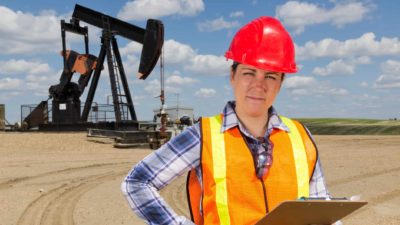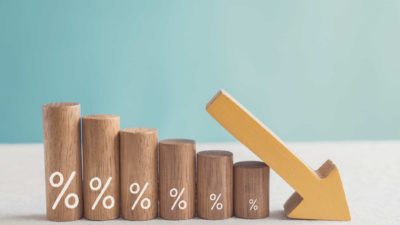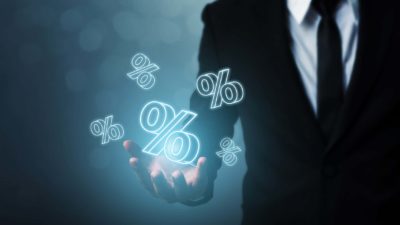Investors should be careful about certain ASX shares because inflation is coming. That's according to Morgan Stanley's chief investment officer of wealth management, Lisa Shalett.
Ms Shalett has warned that some investors seem to think that economic conditions are going to lead to an extended period of growth for markets, with low interest rates and not much inflation.
That isn't Morgan Stanley's view. Pundits may think this market is similar to 2013. Ms Shalett pointed out "That year, having shaken off the last vestiges of the Great Recession, U.S. markets settled into a "Goldilocks" period of low interest rates, stable but not stellar economic growth and steadily rising markets. For many companies and investors, that was great while it lasted."
What does Morgan Stanley think is going to happen?
The global investment bank actually thinks that the economy is going to grow faster and the expansion will be shorter – bringing higher interest rates and elevated inflation. This could then have an important impact on investors.
These are some of the factors that Morgan Stanley thinks could affect things for the economy and (ASX) shares:
Strong policy response
Household finances are in a strong position thanks to lower spending and higher savings. There has also been a high level of government stimulus and central bank support.
Company profits are high and they have a lot of cash. Morgan Stanley believes that economic activity is on track to return to 2019 levels, which would be the fastest recovery since the 1970s.
GDP growth over the next couple of years is expected to be two to three times faster than what happened after 2013.
New infrastructure spending
A large amount of investment is expected to go into infrastructure to help get the economy going again. The US alone is talking about $2 trillion of spending on infrastructure.
Morgan Stanley thinks that infrastructure spending will be passed by Washington and get the next cycle of capital spending going. Three key areas of investment will be green energy, 5G telecommunications and cybersecurity.
Inflation
A fully re-opened economy is likely to lead to inflation. Prices of goods and commodities are already on the up. Wages could also increase as well. By the end of 2021, US employment could be back to where it was before COVID-19 came along. Over 1 million jobs are being added each month, which will put more pressure on potential wage increases.
The bottom line
Morgan Stanley's Lisa Shalett thinks this shorter, sharper cycle will lead to higher interest rates and more volatile movements.
She thinks this will create headwinds for both (ASX) shares and bonds. Her final piece of advice was:
Investors should consider re-tooling portfolios away from long-duration and rate-sensitive sectors and toward pro-cyclical allocations, emphasizing short duration, value and quality in equity and fixed income.









